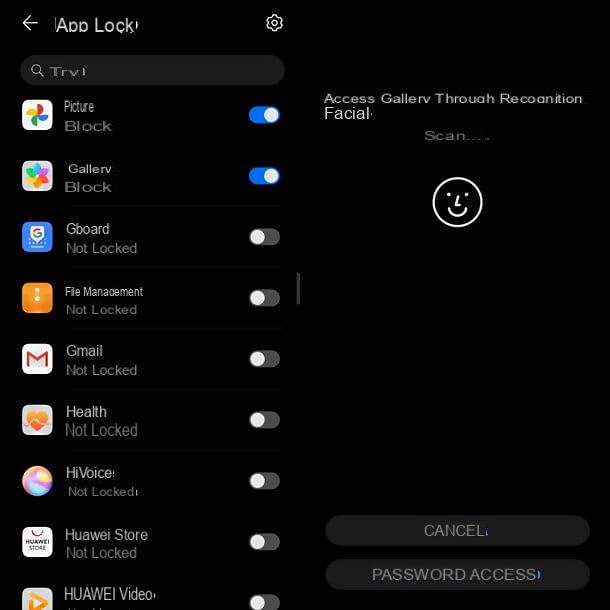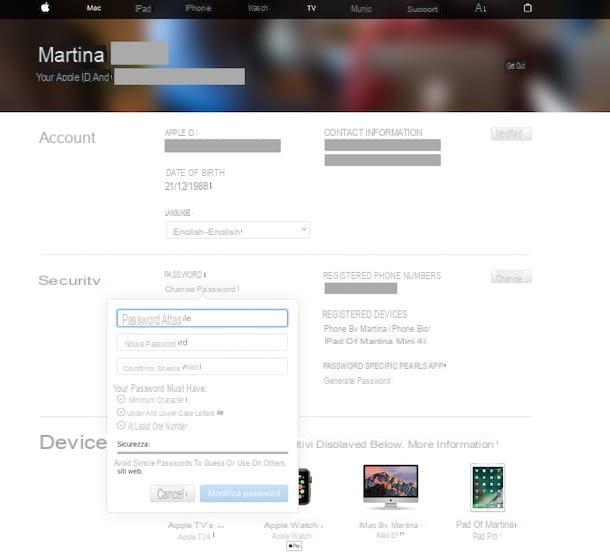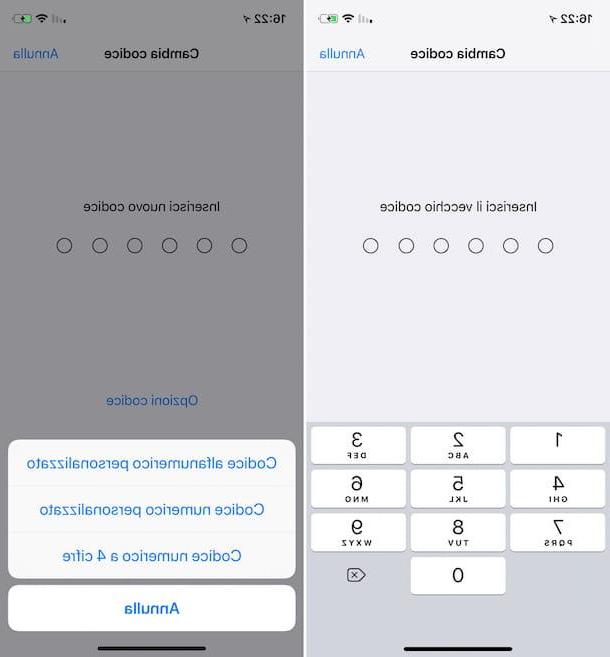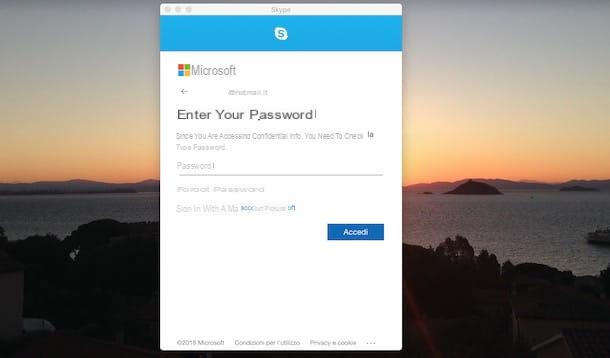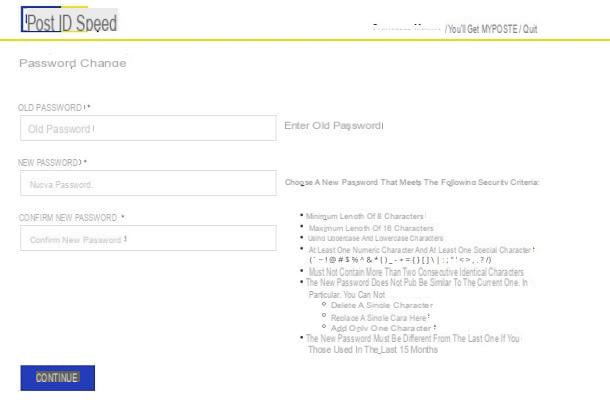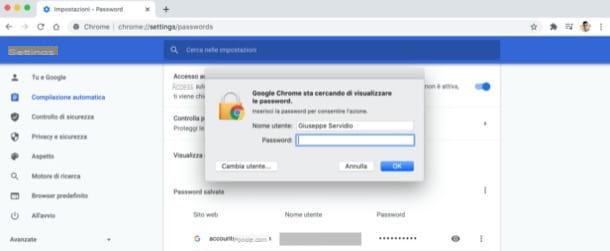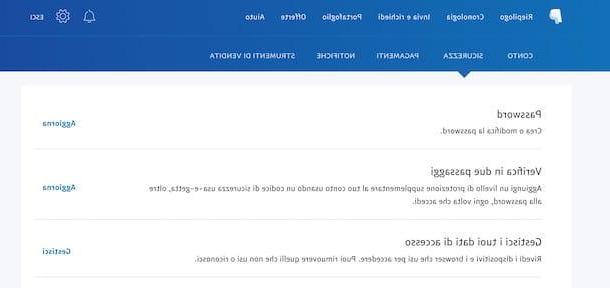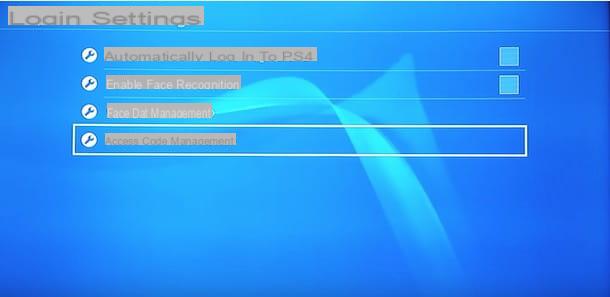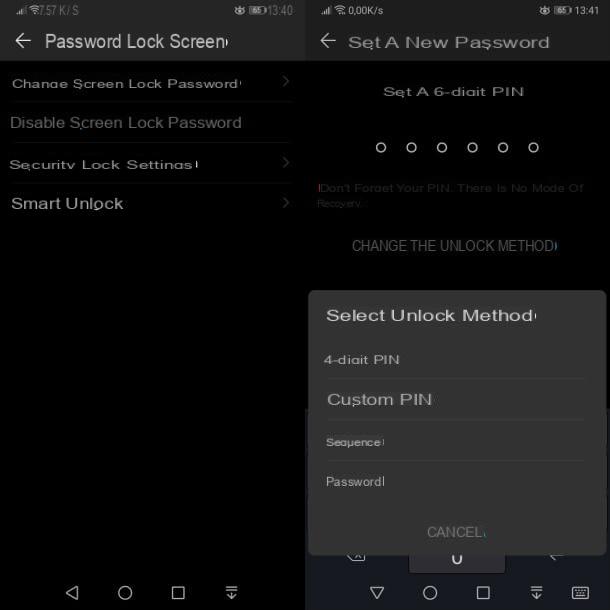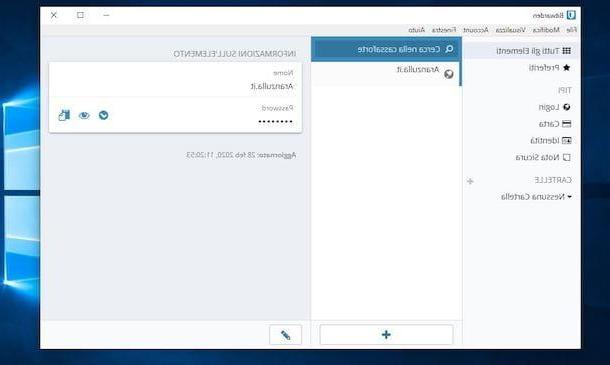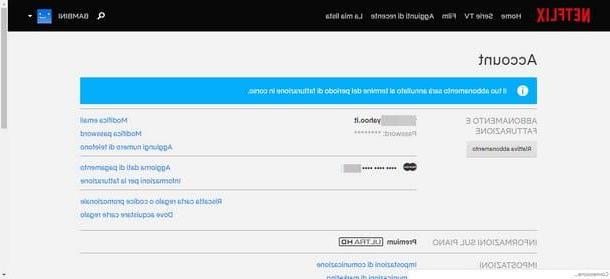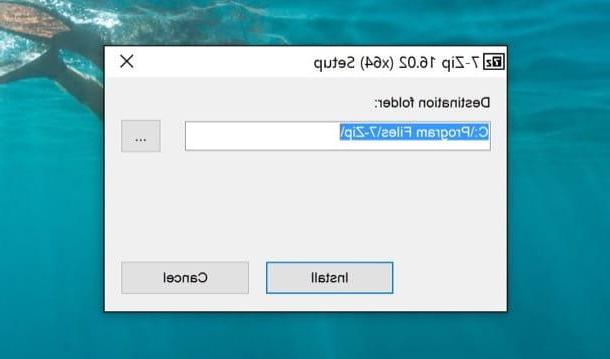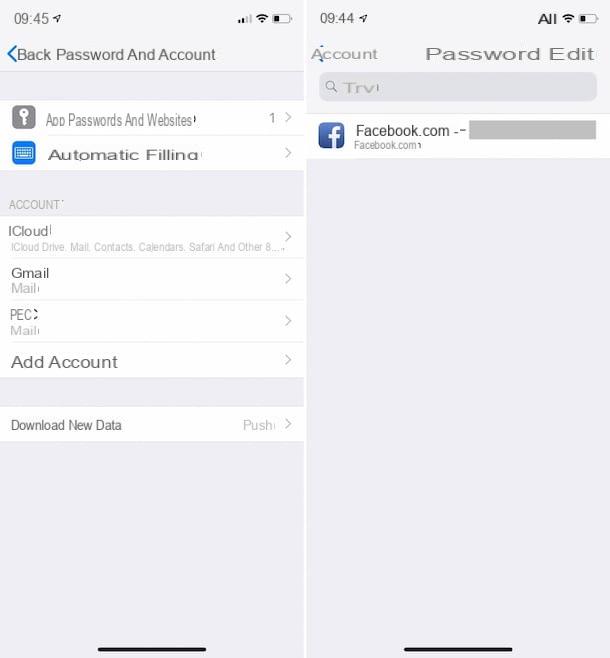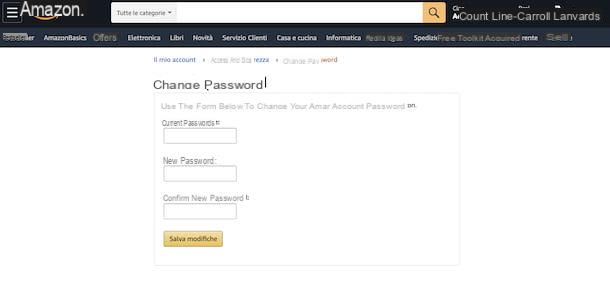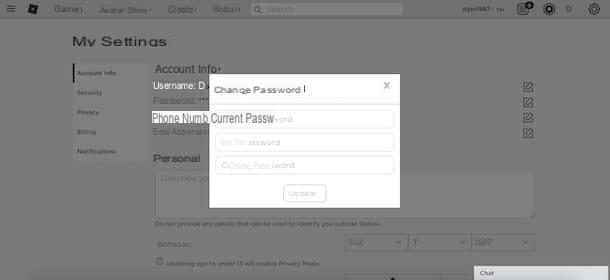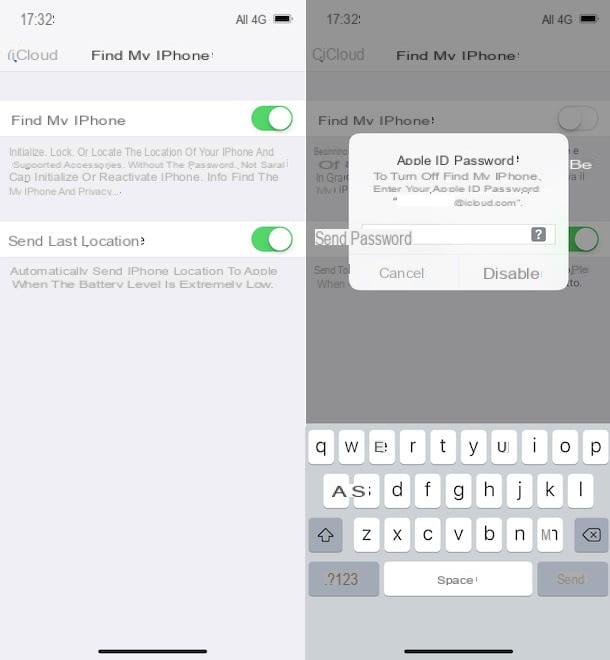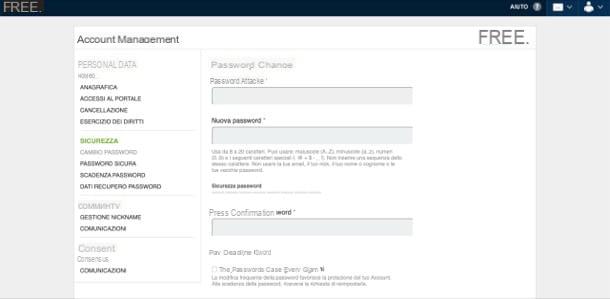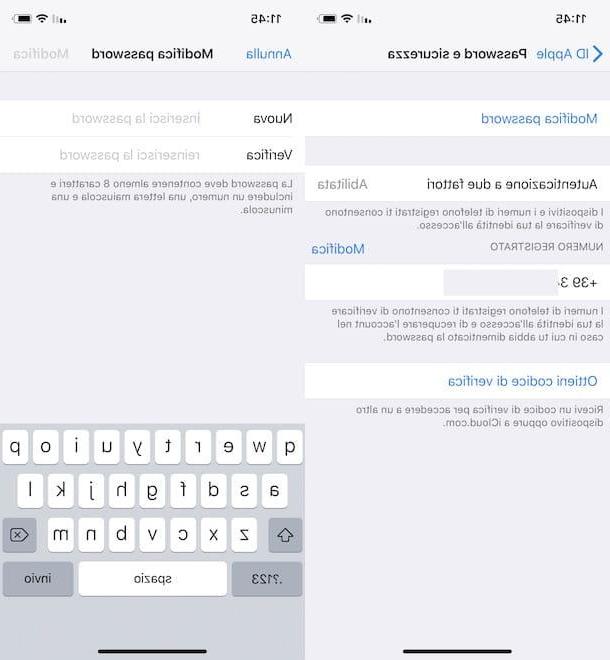Remember passwords for websites
Storing passwords on Explorer, I told you at the beginning of the guide, is a feasible operation, and how! Depending on what your needs and preferences are, you can choose whether to take advantage of the functionality in question by having the browser ask you from time to time if you intend to store your data or in a completely automatic way. In the following steps you will find out how to proceed in both cases.
Asking for confirmation
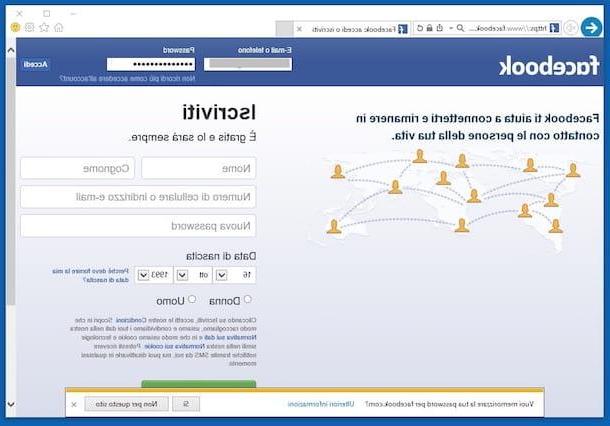
By default, the Windows browser saves the access data of Internet sites (as well as the information typed in the forms) upon user confirmation. To take advantage of this functionality, just visit the website you want to access (eg. Facebook), log in by filling in the appropriate fields with the data relating to your account and tick any item Remember/Keep me logged in present under the login form.
To conclude, click on your button Yes in response to the warning that appears at the bottom of the screen or in the center (depends on the version of IE used): Do you want to store your password for [site name]?. or Does Internet Explorer have to remember the password for [site name]? (it always depends on the version of IE in use). Done!
If you do not see any warning about saving the entered data when you try to log in to a specific website, it is evidently because the functionality has been disabled in the browser settings. To fix it, click on the button with thegear which is in the upper right part of the navigator or on the item Instruments (if you are using an older version of IE) and select Internet options give the menu check if you press.
In the window that appeared on the screen, select the tab Content and click sul pulsating Settings che trovi in corrispondenza della dicitura Automatic completion. Then check the box next to the item Username and password on the forms and check that the option is also checked Richiedi confirms salvataggio password (otherwise affix it yourself). Then click on the button OK for two consecutive times. Done!
Without asking for confirmation
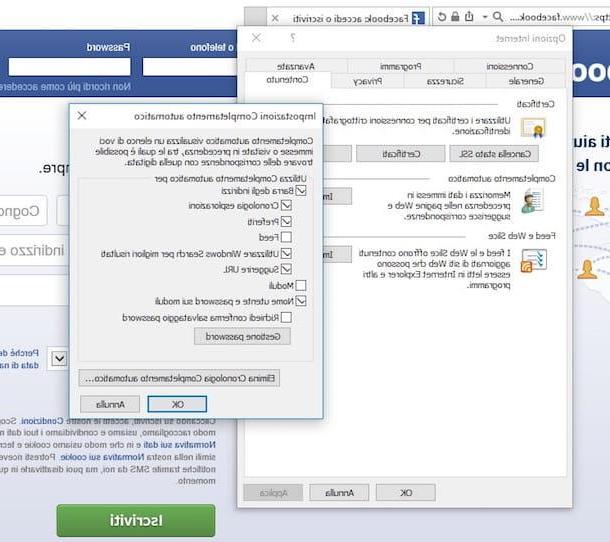
Now let's see how to store passwords on Explorer in a completely automatic way. To do this, you need to click on thegear which is located at the top right of the Internet Explorer window or on the item Instruments (if you are using an older version of the browser) and select the item Internet options give the menu to compare.
In the window that opens, select the tab Contentclick on your button Settings related to the section Automatic completion and remove the check mark from the item Richiedi confirms salvataggio password making sure that the option is ticked instead Username and password on the forms.
Finally, click OK twice in a row to save the settings and this will cause Explorer to automatically store all login information.
In case of second thoughts, you can re-enable the confirmation request for saving passwords by always going to the IE settings as seen together above and putting the check mark on the box next to the item Richiedi confirms salvataggio password. Click for your OK twice to confirm the changes.
Fill in the forms automatically
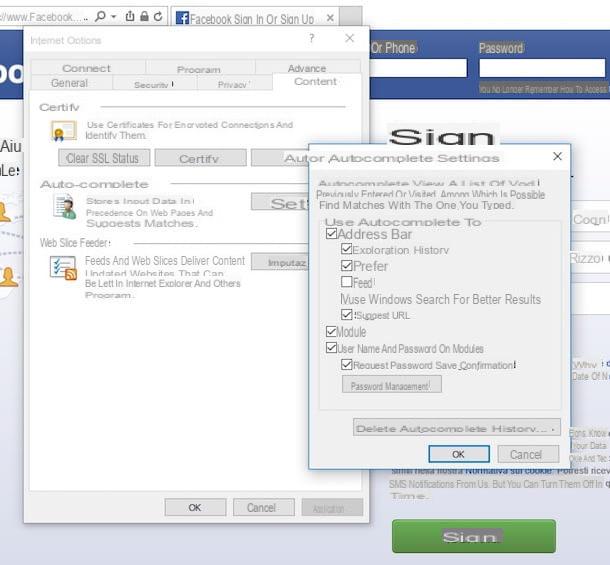
Taking advantage of the functionality I mentioned in the previous lines, Internet Explorer stores the access data to Internet sites and when you start filling in the login forms referring to the information that has been saved, the browser completes them automatically. However, if you want to fully automate the procedure in question, so that the fields for entering the access data are filled in automatically as soon as you visit a specific website and without you having to lift a finger, you must enable a specific function, always intervening on the IE settings.
If you are interested, click on thegear which is located at the top right of the Internet Explorer window or on the item Instruments (if you are using an older version of the browser) and select the item Internet options give the menu to compare.
In the window that opens, select the tab Contentclick on your button Settings che trovi in corrispondenza della dicitura Automatic completion and put the check mark on the box next to the item Forms. Then click on OK twice in succession, to ensure that the changes are applied.
Obviously, should you have second thoughts you can always and in any case disable the functionality in question by going back to the Internet Explorer options as seen above and removing the check from the box next to the wording Forms. Then remember to press the button OK twice to confirm the changes made.
Manage saved login data
Were you able to memorize the passwords on Explorer but now you have changed your mind and would like to get rid of them? Don't worry, this is doable. Below you will find out how to do this, whether you want to delete all login data or individual access data in one go.
Delete the auto-complete history
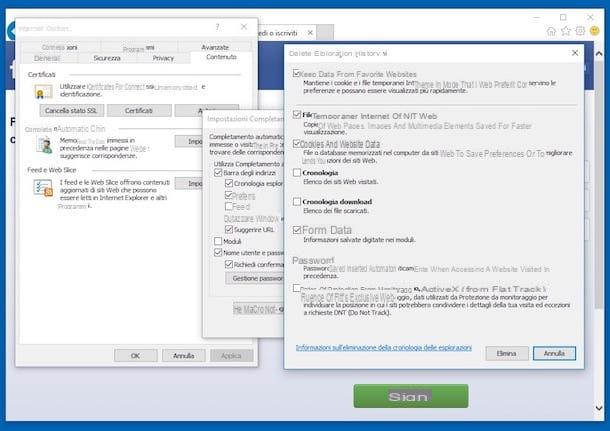
Do you want to delete data history for auto-complete? It can be done, of course. To do this, you need to click on thegear which is located at the top right of the Internet Explorer window or on the item Instruments (if you are using an older version of the browser) and select the item Internet options give the menu to compare.
In the window you see appear, select the tab Contentclick on your button Settings related to Automatic completion and click the button Delete History Autocomplete ... which is a little lower in the new window that appeared on the screen.
Finally, select (or verify that they are already selected) the items Form data e Password then presses the button Delete and wait for the procedure to be started and completed (the time required to complete the operation varies according to the amount of data to be worked on). At the end of the operation, click on OK per due turn consecutive.
Delete the individual login data
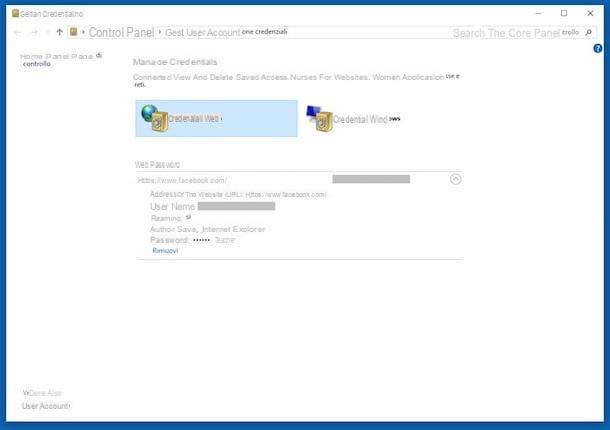
If, instead of deleting the data relating to the completion of all the modules, you want to intervene on the individual login data, the procedure you have to start is different from the one seen together just now. In fact, what you have to do is click on thegear located at the top right of the navigator window or on the item Instruments (if you are using an older version of IE) and select the item Internet options give the menu to compare.
Nella finestra che si apre sullo schermo, select la scheda Contentclick on your button Settings which is next to the item Automatic completion and presses the button Manage password.
In the new window that appears, make sure the item is selected Web credentials (otherwise select it yourself) and scroll through the list of access data saved in the browser that you find further down until you find those in relation to which you are interested in going to intervene.
Then click on the button with the arrow that you find next to the login details of your interest and then click on the link Remove. And There you go!
I would like to point out, if you are interested in this, that in addition to what I have just indicated you can access the panel relating to the management of access data also by clicking on the Start button (I cheer with the pennant Windows) which is at the bottom left of the taskbar, opening the Control Panel from the displayed menu, by clicking on User Accounts and Manage Web Credentials.
Alternatives to storing passwords on Explorer
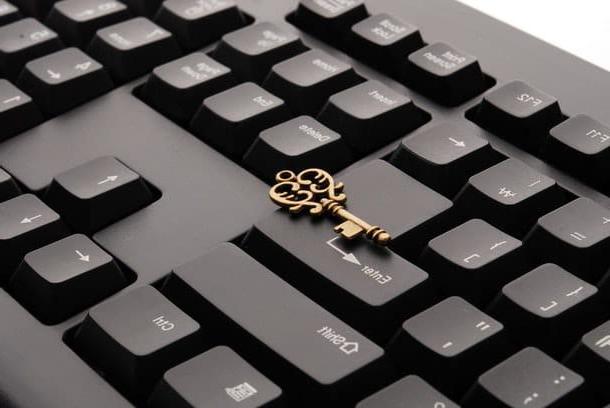
As I told you at the beginning of the guide, although storing passwords on Explorer (as well as on other browsers) is a feasible and very convenient operation, in reality it is a fairly dangerous function as regards privacy. By exploiting it, in fact, anyone who can get hold of the computer on which the passwords are stored can access the login data of this or that other site.
In particular, the problem arises when the use of the reference computer is shared among several people, such as it can happen in the family, in the office, at school or, even worse, with a computer present in a room or place. public.
In light of this, if you want some advice, to avoid the occurrence of unpleasant situations without giving up the convenience of not having to remember all the various access keys from time to time, you can consider the use of a password manager.
In case you have never heard of them, password managers are programs that allow you to store user names and passwords to access Internet sites (as well as credit card data and other sensitive information), protecting everything with a master password. Just remember only that and you're done: in a couple of clicks you have access to all the credentials of your accounts, not only on the PC, but also on smartphones and tablets.
There are many programs belonging to the category in question. Below you will find listed those that in my opinion represent the best in the category.
- 1Password - It is practically the most famous password manager in the world and the most appreciated. It has a nice user interface, allows you to generate complex passwords and save login data and fill in login forms with one click. It is paid (available as a subscription) and is available as a software and browser extension (as well as an app for mobile devices).
- Bitwarden - Famous open source and free password manager (but possibly available in paid version with extra functions, starting from $ 3 / month) usable as an extension for all major web browsers, except for Explorer (as well as apps for smartphones and tablets). Allows you to store access data to online services, forums, social networks, etc.
- Dashlane - Another popular password manager that allows automatic login and supports local AES-265 encryption for stored passwords. It can also count on a digital wallet for all access data. It's free (but you have to pay to access some extra features). It can be used in the form of a program and browser extension (but also as an app for smartphones and tablets).
If you think you need more details or in any case if you want to deepen the matter, you can refer to my review on password programs and my guide on how to manage passwords through which I proceeded to talk to you about it in great detail.
How to store passwords on Explorer



